Very early on in my journey into the world of creator-owned comics, I stumbled upon and was subsequently blown away by I Kill Giants from Image Comics. I was familiar with Joe Kelly, but it read entirely differently from his work at Marvel and DC. Ken Niimura was a new discovery, and his artwork immediately resonated with me. The range of emotions it portrays, with the ability to be soft at times of melancholy and fierce at moments of conflict was unlike anything I’d seen before.
I’ve followed Ken Niimura’s career ever since. He drew a few comics at Marvel but his work everywhere else was far more revealing. Henshin was an anthology, which allowed him to tell many different stories that allowed him to express his feelings about life in Tokyo.
Most recently, Niimura has been busy writing and drawing the tales of a magical cook in Umami, a pay-what-you-want series from Panel Syndicate. It’s a great delivery method for the book, offering a whimsical chapter of the manga-like story on a regular basis. I was thrilled to be able to talk with Ken about Umami, the Japanese influence on his storytelling, and how I Kill Giants was turned into a major motion picture. Keep reading for his thoughts on that and more.
Most cartoonists based in Japan seem to work in manga, but you’ve been very involved in the American market. Was that a deliberate choice on your part or a happy accident due to the success of I Kill Giants?
To tell the truth, I never thought I could work for the American market, both because of my art style and because it’s a foreign country for me.
It was after graduating from art school that I started thinking seriously about what to do from then on. I loved doing comics, but I also had an offer to become a designer in a company. It was exactly in this same period that I met Joe Kelly and he proposed that we work together on I Kill Giants, so I decided to give it a shot – if it went well I could continue doing comics, and if not I could become a designer and do comics in my free time.
That I continue to make comics is due to Joe giving me that first opportunity, along with the reception the book had in the States.
You released a collection of short stories through Image. Was Henshin a harder sell in America because they were drawn manga style with the Japanese market in mind?
I believe that there are stories that, [despite] being deeply rooted in a specific culture or country, tend to be […] universal. Henshin was born from things I saw or happened to me in my daily life in Tokyo, and I’m really lucky the editors allowed me to say many things I was thinking about in those days.
More than the art style or setting, I’d say the right-to-left storytelling in manga is the biggest barrier for many readers, which is why I’m so grateful Image Comics was interested in publishing them in English.
How does drawing pages to be read right-to-left instead of left-to-right affect the storytelling?
In a way, it’s like doing code-switching while speaking two different languages – once you’re aware of the differences, it’s just a matter of changing the way you conceive the page.
There are small differences, like the perception of speed, which, in a Western comic, will be more accentuated when it’s from left to right. Also, most Japanese speech balloons being vertical changes a lot the flow from one panel to the other.
Either way, I’ve learned over time how to make pages that are readable and easy to understand, which allows me to focus on the story.
What did you learn by writing and drawing the 13 short stories contained in Henshin?
The first was certainly that I still had sooooo much to learn about writing! It was a great experience thanks to my editor Yumetaro Toyoda, who is an incredible professional and helped me shape the stories and make them true to my initial intent.
It was an exhausting but really satisfying process – in Japan short stories are usually done to help a creator find its voice and his favorite themes. In that sense, I think it’s allowed me to try things I would have never dared to, and in consequence has shaped the works I work on now.
Has Umami, either the character or the concept, been in your head for a long time?
Yes! And that’s why I’m so happy I was finally able to release it.
I’ve been working for several years on different projects that were never approved. It’s funny how sometimes there are stories that you know subconsciously you need to tell, so the same subjects kept coming up over and over no matter how much I tried to do a different project.
In this sense, Umami is the definitive version of many things I that kept popping up in those unreleased projects. I’ve always wanted to tell a story about the outcasts, those that are rarely the main characters in a story. I decided to focus on an RPG-inspired high fantasy world, and how the cooks, who are usually just there to feed the heroes, can actually be the ones to save the world.
How did you connect with Panel Syndicate?
It was actually through my friend David Lopez (go check his amazing Blackhand Ironhead!). I’ve followed the site since its beginning and found the titles released and the format really interesting. Couldn’t be happier to be part of the family!
How has your experience with the pay-what-you-want structure for Umami been so far?
I always tell my musician friends (or theater friends, for that matter) that I wish we had a round of applause and cheers every time someone finished creating a comic! Instead, it’s basically me patting myself for the hard work and having a drink to celebrate. In my pajamas.
Compared to music or theater, comics are an art form where the response from the reader is always months away from the completion of the work, so in that sense, the direct contact you can have with your readers through webcomics is really satisfying. There’s much more fluid and unfiltered communication between artist and reader that is priceless and really helps us to keep motivated.
Honestly, the downside is that it’s sometimes difficult to spread the word beyond your network and make people know that the comic simply exists… which in consequence makes the numbers lower than would be ideal.
The creator in me says that it’s all about having people read the work and that numbers are a secondary thing, but the businessman (and the accountant) in me says it’d be amazing if the publication paid the bills, which would help the artist work on it full time without worrying about anything else.
I’m positive, though, that sooner or later I’ll be able to [make everything work like I want it to].
Is telling a story about chefs a way to express your thoughts about being a creator, even though you work in a different medium?
Totally! During the creation of Henshin I often went to this metaphor that creating stories being is like working as a chef – you go the market, see what’s available, and cook something that will help reveal the ingredients’ flavors and enhance them through its combination.
Umami came as a consequence of that idea, how creation is always a battle between the instinctual and rational parts of us, and how we become better thanks to the interaction between the two of them!
How has working on an ongoing series for the first time compared with your expectations?
It’s been tough keeping up with the rhythm, especially on the technical side, since we’re releasing every chapter in two languages.
I’m lucky, though, that producer Yun Watanabe is always there to make sure we’re working according to the schedule, and that he’s assisting on every task I need help with, from the scripts to documentation to other [parts of the job].
We’re also working with an editor to polish the scripts (originally my editor for Henshin Yumetaro Toyoda, and currently Sachie Fujita), so I wouldn’t be able to make it without the help of this small and tight team!
What was it like seeing characters you co-created come to life in the I Kill Giants movie?
That was a really special experience that has changed my life.
I do comics because it’s an amazing medium that allows me to communicate and share ideas, but the reality of the day to day routine is that it’s actually a very solitary work. I [never imagined] that drawing could connect me in any way to the movie business.
I usually base my characters off friends and people I know, so when I went to see the movie […] I was astonished to see that the actresses looked and felt was so similar to my friends. Anders Walter (the director of the movie) and I had reached a similar conclusion even though we’d never discussed it – that’s when I knew it was going to be a very good movie. And needless to say, the energy Madison [Wolfe], Sydney [Wade], Zoe [Saldana], and Imogen [Poots] have brought to their characters is beyond words.
One thing is for sure, I’m really grateful for the opportunity it’s granted me, as well as for all the things I’ve been able to see and discover thanks to it.
Have you and Joe Kelly discussed reuniting for a new project or a sequel to I Kill Giants?
We’re putting out two short stories soon, but we won’t be making it easy for people to get them: One is a story set in WWI, for a British-French anthology commemorating the 100 year anniversary of the end of the war which comes out this Fall.
The other is a very special project for a Japanese magazine called Tezucomi, in which we’ll publish a brand-new chapter of Black Jack, a manga created by Osamu Tezuka. We’re both huge fans of the character, so we can’t wait to see it in print!
We’re also working on the next big project together. We’re developing it little by little, but can’t wait to show it to you all!
You’ve had a very eclectic career path. For a lot of Western creators drawing books at Image, Marvel, and DC is the end goal, but for you, it was just the beginning. What prompts you to keep trying different kinds of storytelling and new ways to distribute it?
This might sound kind of superficial, but when I first started working professionally drawing comics, there were things like working for a big company or for known franchises that meant a lot to me. They were indicators that I was going in the right direction and helped me get exposure and experience, and would often help me stay motivated when I was having doubts.
I’m really thankful I got to work with all of those companies, and I hope to keep on doing so.
Right now, however, all of my focus is on telling the stories I believe in and doing them in the best way I can. Where and how to publish them becomes a way to show them to the right readers in a way that will enhance the reading experience.
You can follow Ken on Twitter, Instagram, and through his website. Go read Umami (for free if you want!) on Panel Syndicate. Please do, it’s a lot of fun.
Matt Chats is an interview series featuring discussions with a creator or player in comics, diving deep into industry, process, and creative topics. Find its author, Matt O’Keefe, on Twitter and Tumblr. Email him with questions, comments, complaints, or whatever else is on your mind at [email protected].
SaveSave


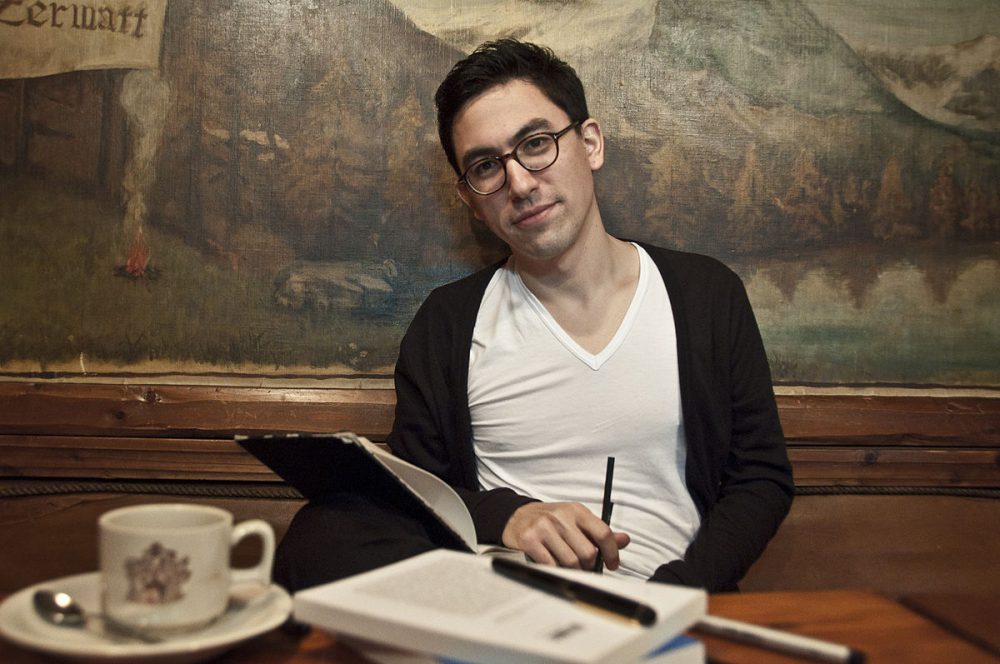
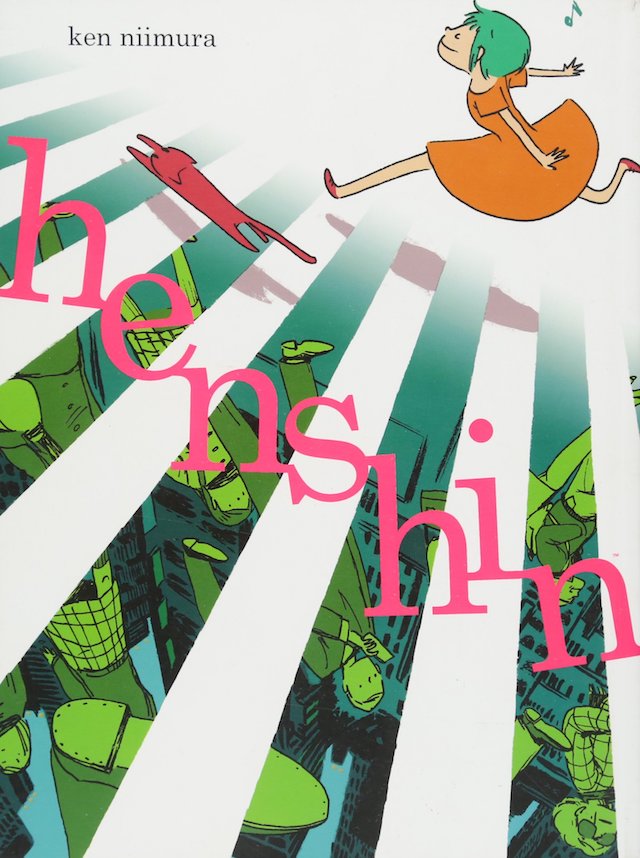
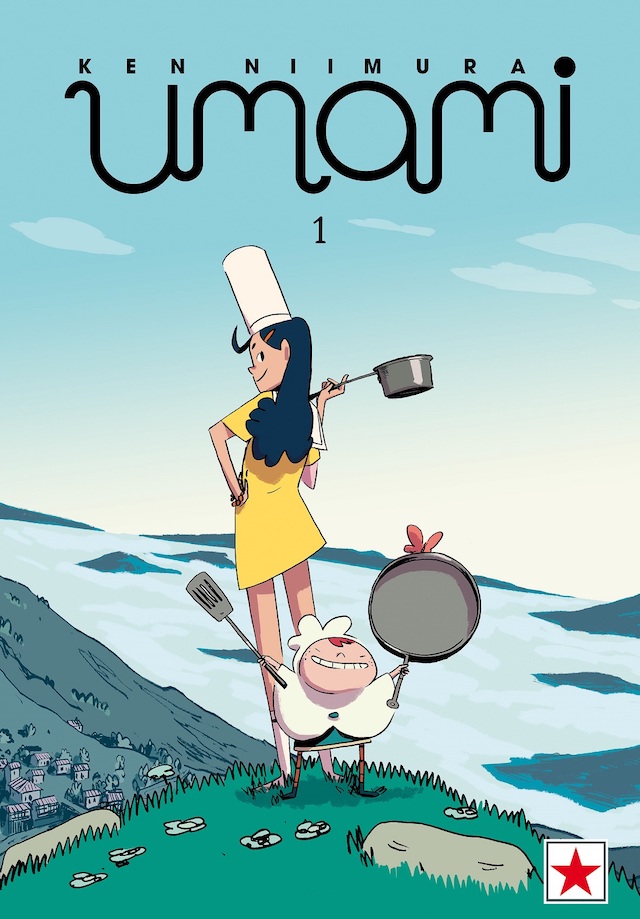
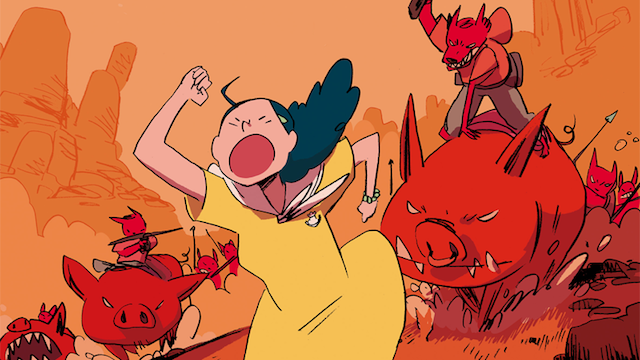
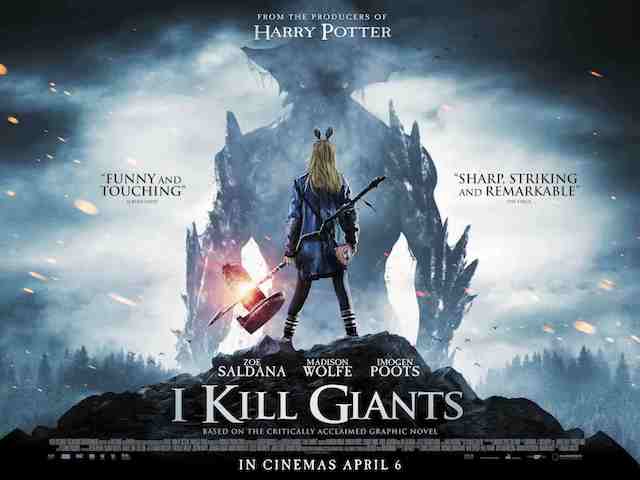
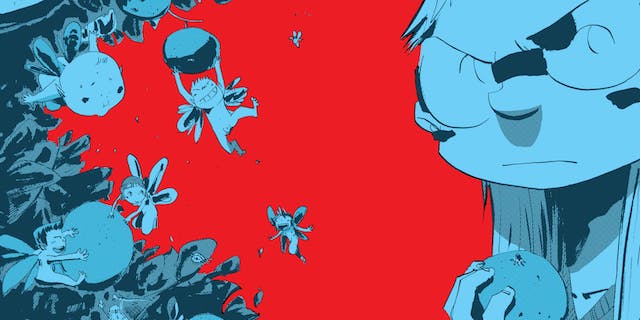
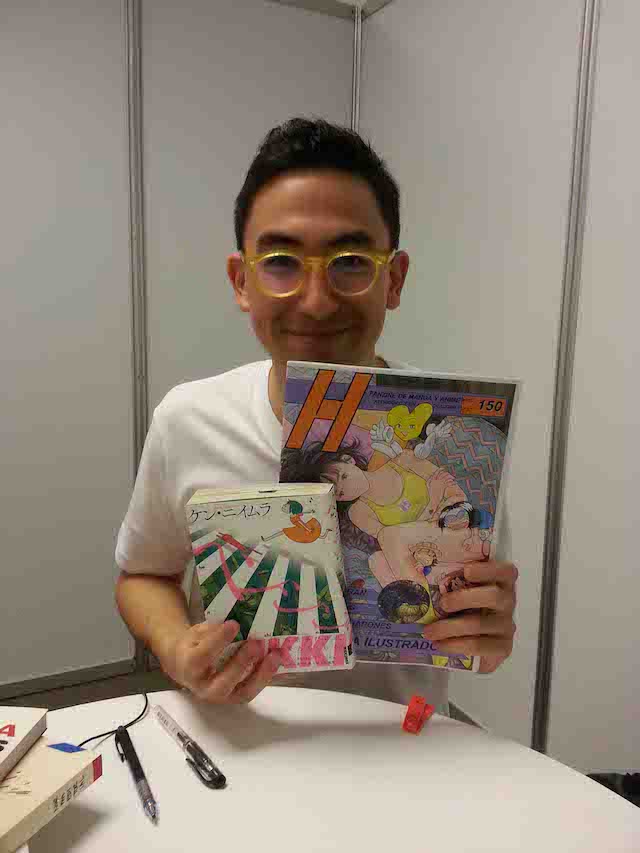


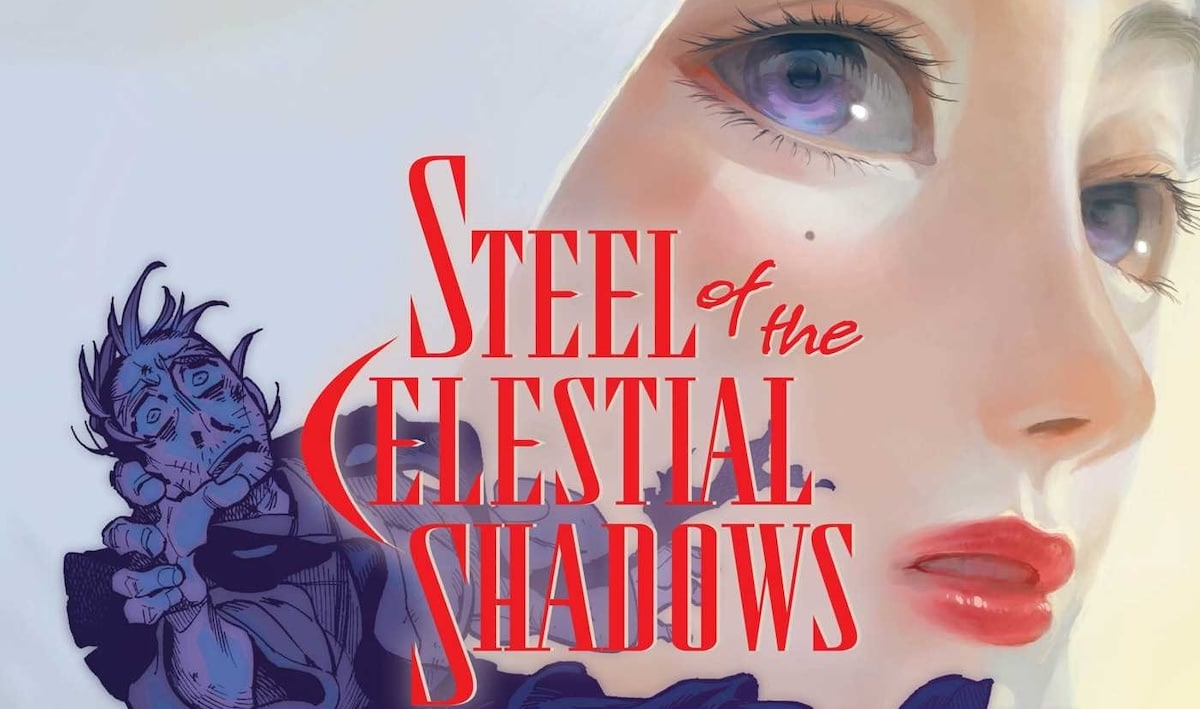

Comments are closed.